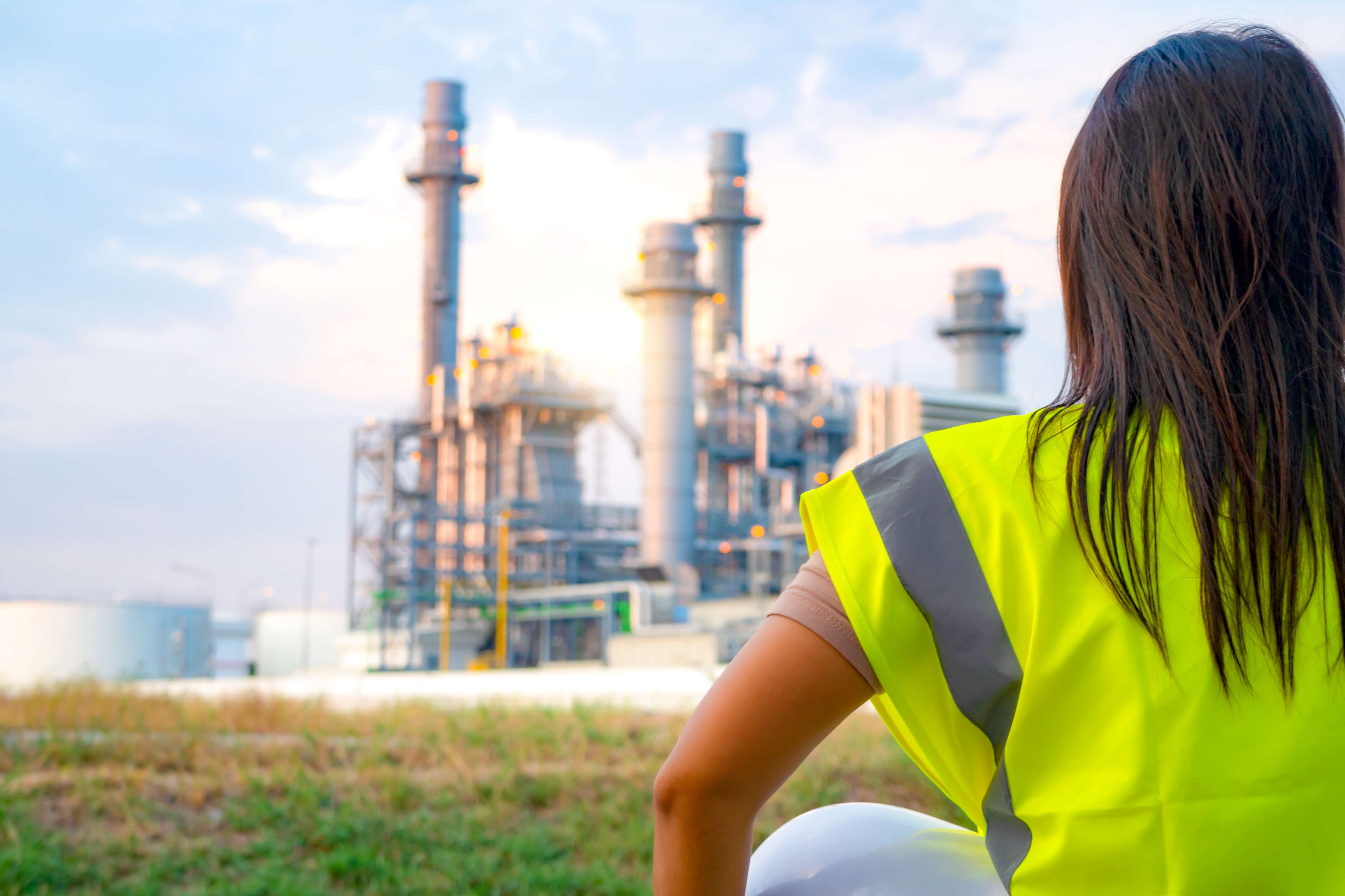In December, the world will mark the 75th anniversary of the bedrock of human rights – the Universal Declaration of Human Rights. That same month, Australia’s new positive duty to eliminate workplace discrimination becomes legally enforceable, and Australian employers – including mining organisations – face significant change around workplace sexual harassment.
What is the positive duty, and are you ready?
Shortly, Australian organisations and businesses will have a legal responsibility to demonstrate proactive and meaningful action to prevent sex-based discrimination, hostility and victimisation in the workplace. This proactive action is known as the positive duty, and from December 2023, the positive duty becomes a legal responsibility.
The Australian Human Rights Commission (AHRC) will take on new powers to investigate and enforce employers’ positive duty under the Sex Discrimination Act. Employers face increased liability provisions and greater risks. Specifically, employers can be held accountable even if no employees lodge a complaint under the Sex Discrimination Act, and the onus is on employers to demonstrate they’ve taken reasonable steps to prevent sexual harassment – rather than reacting after harm has already occurred.
What does the positive duty mean for mining?
Australia’s mining sector has made significant progress towards creating safer, more respectful and inclusive cultures but change isn’t happening fast enough. Mining still has the fifth highest incidence rate of workplace sexual harassment, with almost a third (32%) of mining workers experiencing workplace sexual harassment (AHRC 2022 survey).
Gendered discrimination remains pervasive. Only 14% of mining jobs worldwide are held by women (according to the International Labour Organization). Meanwhile, women in mining are significantly more likely to be harassed than men (an AHRC 2022 survey found 62% of women compared to 25% of men).
All of which is to say, significant cultural change is needed ahead of December’s regulatory changes. It’s critical choice time for mining.
Opportunity to go beyond compliance
While this change may pose a challenge for some organisations, it is also an opportunity to move beyond mere compliance to enact genuine and long-lasting change. In fact, there’s myriad reasons to do so.
Our research indicates that 22% of employees value support of their wellbeing above all other factors. The positive duty is an opportunity for mining organisations to demonstrate real commitment to their employee wellbeingand create safer, more inclusive workplaces - driving down sexual harassment rates and promoting physical and psychological safety. This is good news for both current employees and potential employees. So, embracing the positive duty is an effective way for mining organisations to position themselves as employers of choice, and to attract a pipeline of talent in an industry where it’s notoriously hard to get staff.
Where, then, should you begin?
Checklist: Assess these 3 high-impact areas
The new positive duty on employers requires a fundamental shift in the way we regulate the workplace and value our employees.
The Australian Human Rights Commission have emphasised seven key standards in complying with the duty - leadership; knowledge; culture; risk management; support; reporting and response; and monitoring, evaluation and transparency. While there are no quick fixes, there are some high-impact areas to prioritise ahead of December’s legislative change. The below checklist can help to identify current gaps in working towards meeting the positive duty. Consider:
1. Leadership
- Does leadership have up-to-date knowledge about their responsibilities regarding the positive duty? Do they know where to go for information and resources?
- Do workplace leaders understand the drivers and impacts of sexual harassment in their workplace in order to prevent it? Do they know how to identify harassment when it occurs, and how to respond?
- Is there a unified leadership voice regarding sexual discrimination and harassment?
- Do leaders communicate and model expected behaviours? Do they understand workplace culture is built from day-to-day, micro interactions, and do they set the tone for these interactions?
- How do leaders call-out inappropriate behaviours and attitudes? What processes are in place?
- How is leadership increasing transparency around sexual harassment (including incidence, response, and prevention)?
- Finally, creating a safer, more inclusive workplace culture takes time. How is leadership demonstrating commitment and progress on this journey?
2. Risk assessment
- How robust is your organisation’s risk assessment around sexual harassment? (Noting that risk assessment is a focus of the positive duty, and there are significant sexual harassment risks in the mining sector.)
- How has your organisation identified its unique physical and psychological risks (including psychosocial hazards)?
- Are these risks continuously incorporated into work health and safety frameworks and risk-management processes?
- Does your organisation demonstrate a ‘safety first’ mentality to sexual harassment? Do you equip staff with the tools to identify hazards effectively?
- Are leaders provided with regular data (including trends) re: the incidence of harassment within the organisation? How do they use this data to continually improve?
- How is your organisation translating risk assessment into prevention?
3. Understand employee experiences
- How are you proactively consulting with staff (including contractors and FIFO workers) to understand their lived experiences across different operations?
- How are you ensuring diverse perspectives are taken into consideration? How are you ensuring all voices are heard?
- How are you engaging workers in understanding their rights and responsibilities for a safe and respectful workplace?
- Are you collaborating with employees to ensure staff buy-in to truly enact cultural change?
Having a third party provide an objective assessment of these indicators can be extremely valuable in highlighting strengths and identifying blind spots. PwC's specialist Diversity Equity and Inclusion Consulting team has worked with a number of mining companies and safety regulators on strategies to create safe, respectful and inclusive workplaces. This has included independent reviews, risk assessments and capability-building with leadership teams and site supervisors. Contact PwC for a one-on-one conversation about how we can help you meet the new positive duty regulations.
Subscribe to receive a copy of the Aussie Mine 2023 report
Due for release in November, Aussie Mine is PwC’s annual analysis of Australia’s mid-tier mining sector and industry trends.
Contact us



















